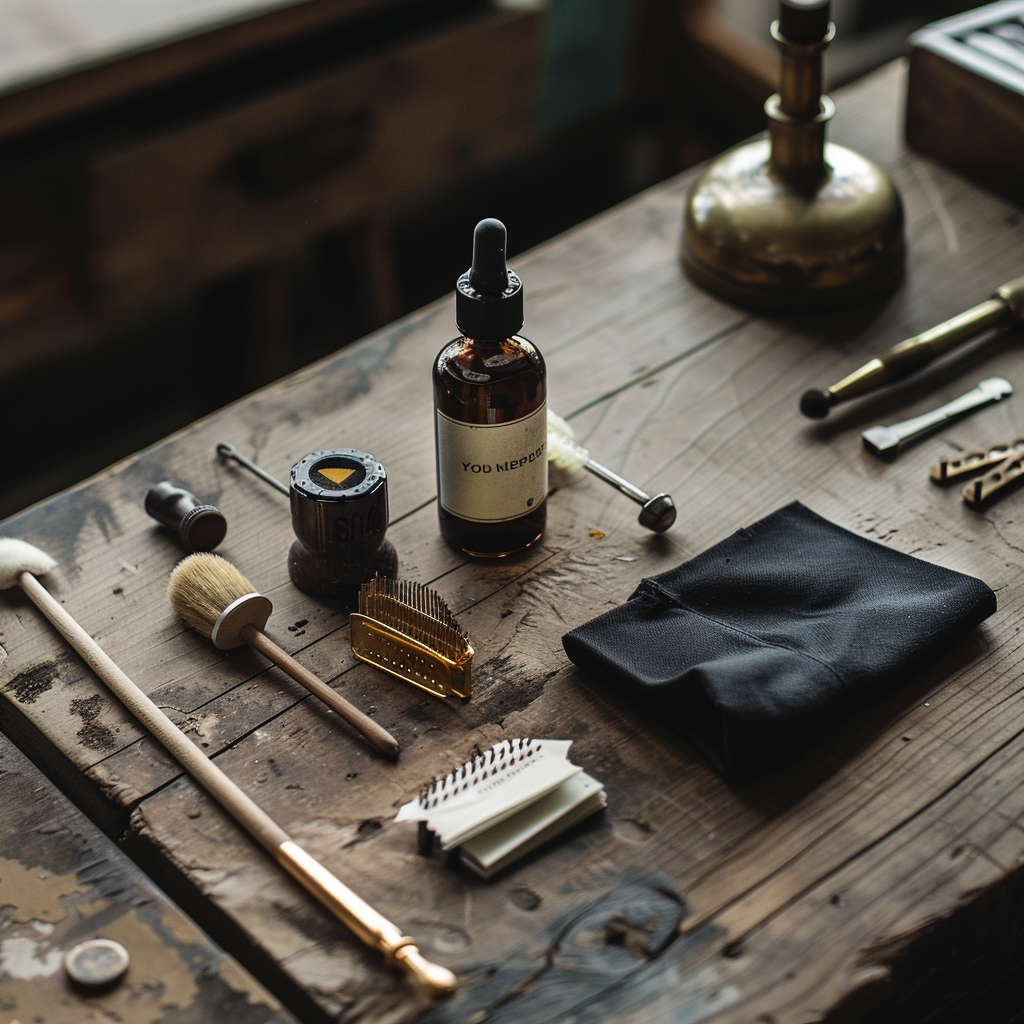So you have a new clarinet. Congratulations! It's a big investment, and something that most of us get to do only a few times in our lives. Let's make the most of it — and prepare your new clarinet for a lifetime of hassle-free music-making. Or…as hassle-free as a clarinet can be.
Note: if your instrument is synthetic (i.e., plastic), or a composite (e.g., Buffet Greenline or one of the Royal Global MAX series), guess what? You can close this page and go on with your day! Synthetic instruments don't need any special break-in process.
Now, if your instrument is wood — even if it's one of the Selmer "EVO" models — you're going to want to do this carefully. So here are my tips, gathered from instrument manufacturers, technicians, colleagues, and my own experience.
Day 1-2
This is so important: if you just got your clarinet in the mail, do not play it for 24-48 hours. You can open the case, and take pictures of it, and post it to Instagram. But you should not put it together. Really, let me say that again: DO. NOT. PUT. IT. TOGETHER. Why? Because the the wood has just been through some serious stress. (Think about it: even if it's warm outside, your instrument has recently been at 37,000 feet in a cargo hold, then in a warehouse or two, then on a truck, then on your doorstep, then in your house....all within the last 12 hours.)
Pop quiz: When cold, my clarinet's wood will ________.
If you said "shrink" you are correct. And shrinking wood means some of the tenon rings could come loose. and then you put something in that tenon socket, like a the top joint, which expands the socket without the ring to hold things in place, and then...boom you've got a crack. While this is not super common, it's more common than you think. So heed my advice, or potentially suffer some unhappy consequences.
Day 3-7
You made it! You can now put your instrument (here's a link to a video about putting together your bass clarinet the first time) and start playing. But no rehearsals. And no concerts. Play your clarinet for 15 minutes, no more, no less. Then swab it out completely, disassemble it and dry out the tenon sockets.
Later on in the day, giving the instrument at least 3 hours to rest, you can play it again for 15 minutes, and then dry it out completely like before.
Why this is so important: the instrument is dry as a bone. It's been drying for several YEARS before you got it. Now you're introducing humidity and condensation and spit into it from the inside out. So the inside begins to swell, while the outside is still dry. Inside expands. Outside does not. Inside expands more...outside does not. You can see the problem.
You will be swabbing your instrument a LOT during the first year of ownership. You'll be swabbing it a lot more during the first several months.
Pro Tip: Use a timer. 15 minutes is not a lot of time, and it will go by quickly.
Day 8-21
Gradually extend your playing time by 5 minutes every couple of days until you hit 30 minutes per session. Important: even though you are playing longer, continue to swab it out every 5 to 10 minutes.
Day 21
Oil the bore of your clarinet. Literally 5-6 drops on a swab, and run it through your clarinet 7 times (for luck). What should you use for bore oil? I use this, and the small 4-ounce bottle is literally a lifetime supply.
Warning: you will be tempted to use more oil, because you won't see it inside your clarinet. It's there. Why not use more oil? Because it could get on your pads (from the inside) and ruin them. So be careful, and trust that the oil is doing its job.
Day 22-30
Continue playing the clarinet daily, extending your practice sessions up to 60 minutes per session. Again, swab very frequently. Once you've hit the end of the first month, your instrument is broken in!
General Tips
- Heat and Humidity are two important factors to always consider with a wooden instrument. When it's cold or dry (or cold AND dry) you will need to take special precautions with your clarinet.
- Always warm the instrument to room temperature before introducing warm air inside the bore. Use your hands, or put it inside your coat (while you're wearing it, so the instrument heats up from your body heat).
- Keep an instrument humidifier in your case if you live in a dry climate, and/or during winter. If you live in the tropics, this doesn't apply to you.
- Oiling your bore should be done on week 3 (as written above), week 6, and week 12. Then, once every 6 months should be sufficient.
- If at all possible don't store your mouthpiece in your case if you have silver keys. Or, if you're like 99.5% of the world, you will, and you should use these to reduce the tarnish that happens when silver reacts with the sulfur your mouthpiece emits.
- Be liberal with cork grease, especially when the instrument is new. It's cheap, and plentiful — so use it all the time. Just be careful to not get it on the pads of your instrument.
- Do not leave your instrument on a stand for days at a time. It's not good for the horn for all sorts of reasons. When you're done for a session, put it away.
- Every few months, brush under and between the keys with a small instrument brush. This will keep gunk from forming between keys (dust+oil=gunk), which will keep the action nice and smooth for a long time. Get some decent key oil and put a dab between key and post every few months. But again, don't overdo it.
Finally, **** happens. And so do cracks.
Even with the best care routines, clarinets crack. It happens, and it's not the end of the world. If your clarinet cracks, there are options. Contact me. Even if you didn't buy your clarinet from Earspasm, contact me, and I'll help steer you to a good outcome.

